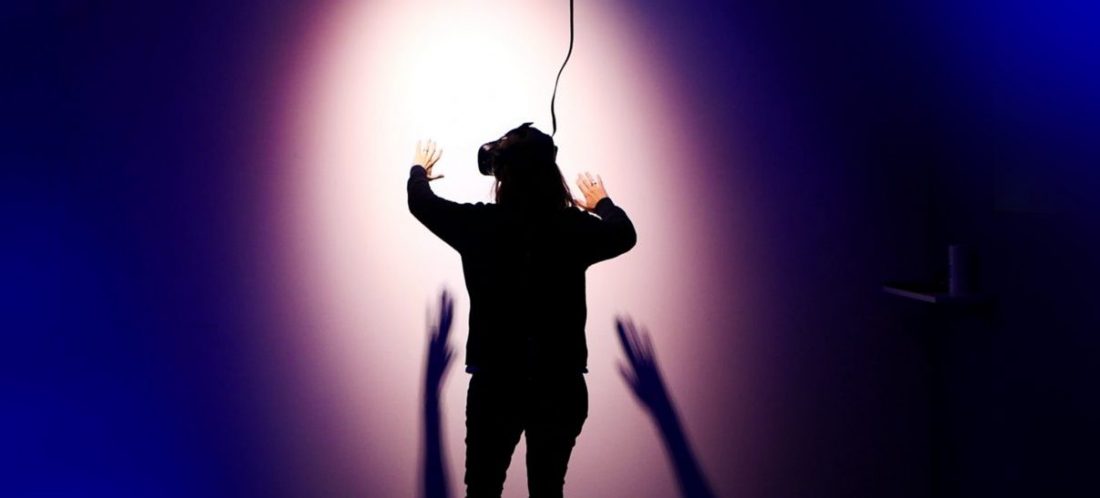
A comprehensive look at virtual reality in shopping and retail
Virtual reality (VR), which refers to technologies used for substituting the perceived reality, is a technological trend advancing the digitization of all areas of human life. It finds its way onto new fields constantly, increasingly in business. Perhaps the most promising area of application in a business context could be shopping and retail. Massive retail companies, such as Amazon and IKEA, have already tried their luck with virtual reality in their e-commerce services and are unlikely to stop.
VR technologies are trusted to resolve limitations set by space and time – by enabling creation and replication of any environment of commerce and making it available for consumers at any time. Shopping could see an increase in cost-efficiency and VR could enhance the shopping experience via immersion. As VR technologies keep improving and become more readily available, these lofty visions are becoming realistic and attainable.
Naturally, this also means that the academic research on the use of VR in the shopping context is increasing swiftly. Yet, despite the large amount of literature, there is a lack of understanding on how VR technology has been studied and investigated in retail-related literature.
In their study Shopping in virtual reality: A literature review and future agenda, Nannan Xi and Juho Hamari address this very issue. By going through existing literature they develop a thorough understanding of the effects, advantages, and disadvantages of VR technology as well as its contemporary research and knowledge on how and where it has been utilized for shopping. The two authors also propose 16 future avenues for further research in terms of concepts, themes, methods, and technologies – potentially giving valuable guidance to researchers and helping them understand the current virtual reality phenomena, select valuable research questions, design experiments, and use different tracking technologies. To draw comprehensive conclusions, Xi and Hamari reviewed 46 journal articles, 23 conference papers, and three book chapters. They also analyzed results from 45 experiment-based papers.
Additionally, Xi and Hamari propose three aspects that might start to define what the VR shopping experience might well be in the future. The first of them is non-consequentiality. As VR shopping is free from physical restraints and rules, it can afford various new shopping behaviors and practices. Virtual shopping environments will provide opportunities unlikely and unsafe in real life. The customers will have high levels of safety and freedom with no concern for consequences. The second is disentanglement. As customer’s perception will be entirely surrounded by the simulated environment when VR shopping, they can separate their perceptions from those of the physical world while shopping. Sensory modalities can be reorganized and distorted in VR. An object that is heavy in the physical world might weigh nearly nothing in virtual reality – thus making way for potential new understandings of reality. Additionally, individuals can be freed from their traditionally physical and biological ways and create new attitudes towards body ownership and movement. Third and last of the aspects is polyidentity. Individuals are able to create and maintain virtual identities, seamlessly altering identities in different realities. As shoppers with a virtual polyidentity can adjust and change their shopping behaviors and attitudes regularly according to their virtual incarnation, more complex, dynamic, and unpredictable shopping decisions might be found in virtual reality and they might influence shopping in the physical world. VR might even create conditions for virtual consumption.
Shopping in virtual reality: A literature review and future agenda
Reference: Xi, N. and Hamari, J., 2021. Shopping in virtual reality: A literature review and future agenda. Journal of Business Research, 134, pp.37-58.
See the paper for full details:
Abstract: Virtual reality (VR) refers to technologies for substituting the perceived reality. With the recent proliferation of consumer-grade head-mounted VR displays, several industries have started to wake up to the possible potential of virtual reality. One typical area in the early stages of the adoption of these technologies is marketing, and especially its sub-areas of retail and shopping. However, there has been a dearth in our understanding of how VR technology has been investigated in retail-related literature. This study systematically reviewed a body of 72 research papers that investigated the application of VR in shopping. The corpus was reviewed for covered research methods, theories, investigated output and input devices, tracking technologies, products and simulated environments, antecedents and consequences. Based on experiment-based studies in the corpus, we assessed the effects of VR and related stimuli on consumer psychology and behavior in the context of shopping. Based on the review, we propose 16 future research avenues pertaining to concepts, themes, methodologies and technologies




Sorry, the comment form is closed at this time.